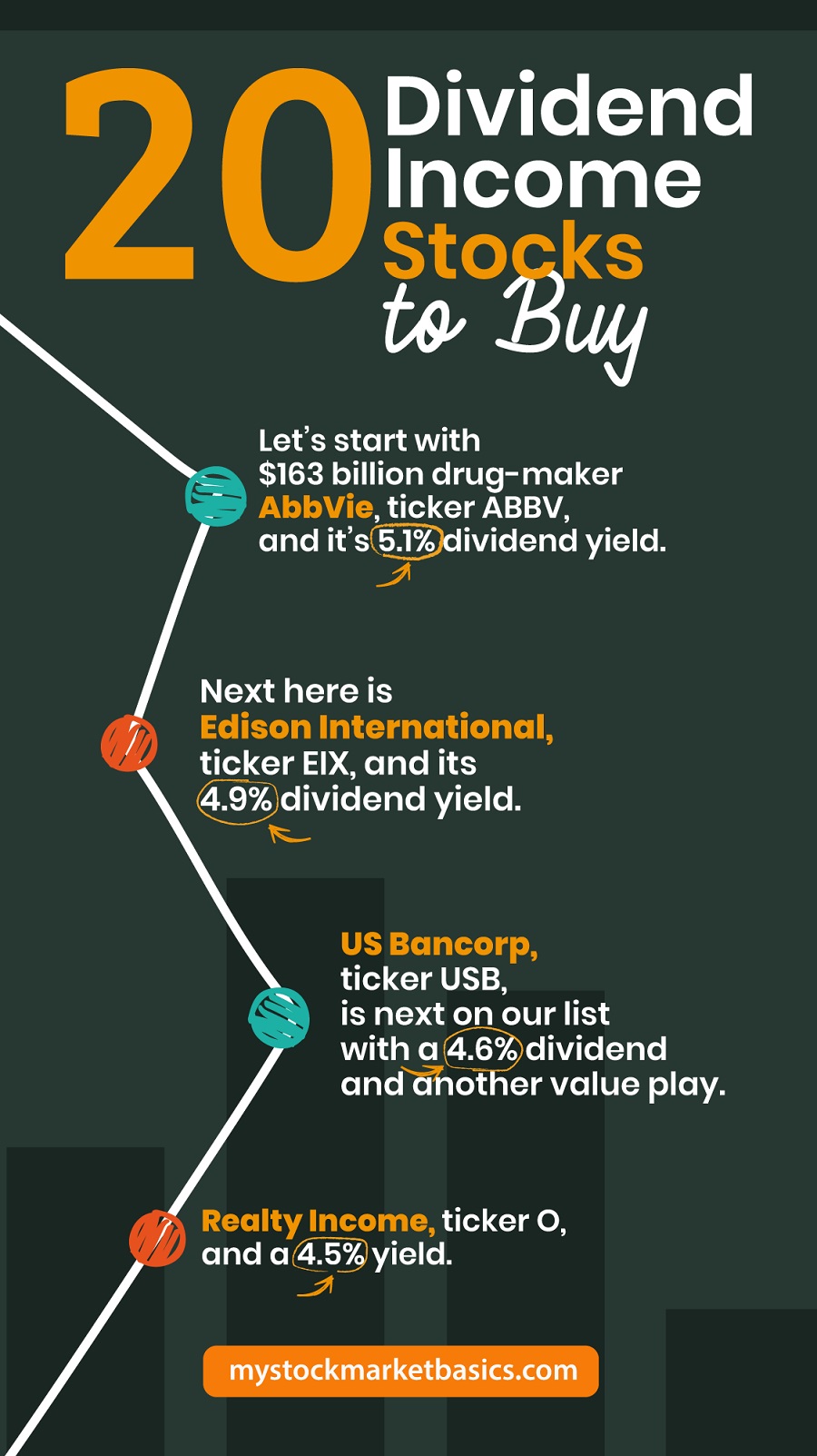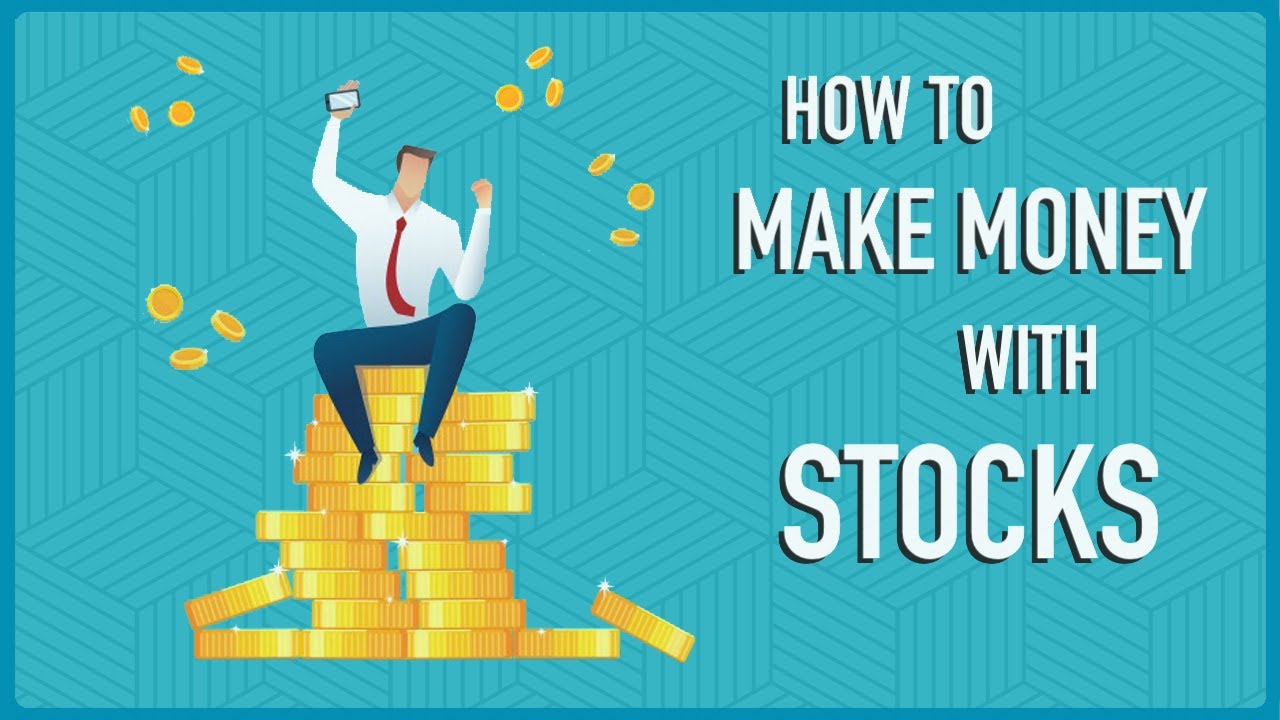
Lumber futures, also known as derivative contracts, are commitments to buy or sale specific amounts at a set price on a particular date. Hedgers can use them to protect their portfolios from the negative impact of fluctuating lumber costs, while traders may profit from favorable price movements.
The lumber market is driven by supply and demand, which can shift rapidly based on changes in weather conditions, environmental policies and interest rates. A surge in housing begins could drive up the price of timber, while mills closing or weather-related shortages can reduce its supply.
Two other factors can drive the price of wood higher: a weaker US dollar and a higher rate of inflation. A dovish, or hawkish, shift in the Fed's monetary policy could also help or hurt the lumber market.

Prices of wood, which are expressed in dollars, tends to move in sync with the prices of other commodities, such as oil and copper. Corn, soybeans, and corn all have dollar denominated prices. Other currencies do not have fixed exchange rates like the US dollars. They move much more quickly than the US currency.
Lumber futures have surged over $1,500 per 1000 board feet in the past year, and are now at their highest trading levels in three-years. A global supply shortage is driving the YOY spike, which is pushing up prices of raw materials, shipping container and just-in time distribution networks.
While this trend has been positive for the overall economy, it is not keeping up with the rising demand as home owners upgrade their properties to accommodate higher interest rates and increased renovations. Chris Robinson is an analyst at Commodity Channel and says that the recent spike in lumber price has slowed up the housing rebound.
The lumber market was volatile in the past few weeks, and the price of random-length framing lumber rose above $1500 per 1,000 board foot by early May 2021. After August, prices dropped to about $400 per thousand board-feet before climbing back up above $700 on October 20, 2021.

As of January 3rd, random length lumber was at $374 per 1000 board feet, down from the peak of $1,733 and down 67% from $1,148 a year ago. The current price level is far below the $400 prices that existed before the pandemic, but is still a significant increase of about 50% from the bottom end of the previous cycle.
The lumber market has entered a downward cycle as mortgage interest rates are rising and the home improvement boom is slowing. It is possible, even though prices are expected to drop again in the near future, that this downturn won't last long and that the market will rebound as soon as the economy improves. Investors are encouraged to wait for the market to improve before speculating on lumber futures.
FAQ
How do I invest my money in the stock markets?
Through brokers, you can purchase or sell securities. Brokers buy and sell securities for you. Trades of securities are subject to brokerage commissions.
Banks typically charge higher fees for brokers. Banks offer better rates than brokers because they don’t make any money from selling securities.
You must open an account at a bank or broker if you wish to invest in stocks.
If you hire a broker, they will inform you about the costs of buying or selling securities. He will calculate this fee based on the size of each transaction.
Ask your broker about:
-
The minimum amount you need to deposit in order to trade
-
If you close your position prior to expiration, are there additional charges?
-
What happens to you if more than $5,000 is lost in one day
-
How long can positions be held without tax?
-
How much you are allowed to borrow against your portfolio
-
Transfer funds between accounts
-
How long it takes to settle transactions
-
The best way for you to buy or trade securities
-
How to Avoid fraud
-
How to get assistance if you are in need
-
Can you stop trading at any point?
-
What trades must you report to the government
-
How often you will need to file reports at the SEC
-
What records are required for transactions
-
How do you register with the SEC?
-
What is registration?
-
How does it affect you?
-
Who should be registered?
-
What time do I need register?
What is a Stock Exchange?
Stock exchanges are where companies can sell shares of their company. This allows investors to buy into the company. The market sets the price of the share. It usually depends on the amount of money people are willing and able to pay for the company.
Investors can also make money by investing in the stock exchange. To help companies grow, investors invest money. This is done by purchasing shares in the company. Companies use their funds to fund projects and expand their business.
A stock exchange can have many different types of shares. Some are called ordinary shares. These are most common types of shares. These are the most common type of shares. They can be purchased and sold on an open market. Shares are traded at prices determined by supply and demand.
There are also preferred shares and debt securities. Priority is given to preferred shares over other shares when dividends have been paid. The bonds issued by the company are called debt securities and must be repaid.
What is security in the stock market?
Security is an asset which generates income for its owners. Most security comes in the form of shares in companies.
One company might issue different types, such as bonds, preferred shares, and common stocks.
The earnings per shares (EPS) or dividends paid by a company affect the value of a stock.
When you buy a share, you own part of the business and have a claim on future profits. You receive money from the company if the dividend is paid.
You can sell your shares at any time.
What's the difference between marketable and non-marketable securities?
Non-marketable securities are less liquid, have lower trading volumes and incur higher transaction costs. Marketable securities, however, can be traded on an exchange and offer greater liquidity and trading volume. Marketable securities also have better price discovery because they can trade at any time. However, there are some exceptions to the rule. There are exceptions to this rule, such as mutual funds that are only available for institutional investors and do not trade on public exchanges.
Non-marketable securities can be more risky that marketable securities. They usually have lower yields and require larger initial capital deposits. Marketable securities can be more secure and simpler to deal with than those that are not marketable.
A large corporation may have a better chance of repaying a bond than one issued to a small company. The reason is that the former will likely have a strong financial position, while the latter may not.
Investment companies prefer to hold marketable securities because they can earn higher portfolio returns.
Statistics
- Ratchet down that 10% if you don't yet have a healthy emergency fund and 10% to 15% of your income funneled into a retirement savings account. (nerdwallet.com)
- For instance, an individual or entity that owns 100,000 shares of a company with one million outstanding shares would have a 10% ownership stake. (investopedia.com)
- Even if you find talent for trading stocks, allocating more than 10% of your portfolio to an individual stock can expose your savings to too much volatility. (nerdwallet.com)
- "If all of your money's in one stock, you could potentially lose 50% of it overnight," Moore says. (nerdwallet.com)
External Links
How To
How to make a trading program
A trading plan helps you manage your money effectively. It helps you identify your financial goals and how much you have.
Before setting up a trading plan, you should consider what you want to achieve. It may be to earn more, save money, or reduce your spending. You may decide to invest in stocks or bonds if you're trying to save money. You can save interest by buying a house or opening a savings account. You might also want to save money by going on vacation or buying yourself something nice.
Once you have an idea of your goals for your money, you can calculate how much money you will need to get there. This will depend on where and how much you have to start with. It's also important to think about how much you make every week or month. Your income is the amount you earn after taxes.
Next, you'll need to save enough money to cover your expenses. These include rent, bills, food, travel expenses, and everything else that you might need to pay. All these things add up to your total monthly expenditure.
Finally, figure out what amount you have left over at month's end. This is your net available income.
You now have all the information you need to make the most of your money.
To get started with a basic trading strategy, you can download one from the Internet. Ask an investor to teach you how to create one.
Here's an example spreadsheet that you can open with Microsoft Excel.
This displays all your income and expenditures up to now. It also includes your current bank balance as well as your investment portfolio.
Here's another example. This was designed by a financial professional.
It will allow you to calculate the risk that you are able to afford.
Do not try to predict the future. Instead, think about how you can make your money work for you today.